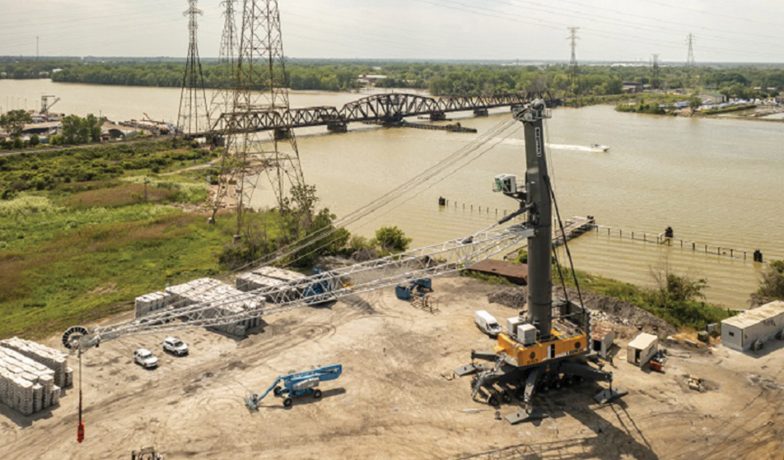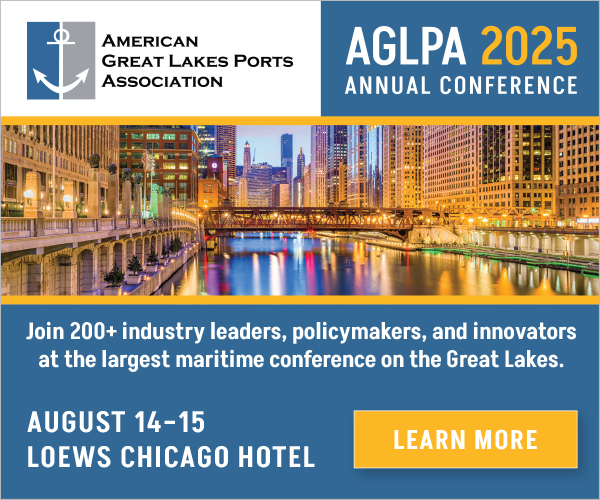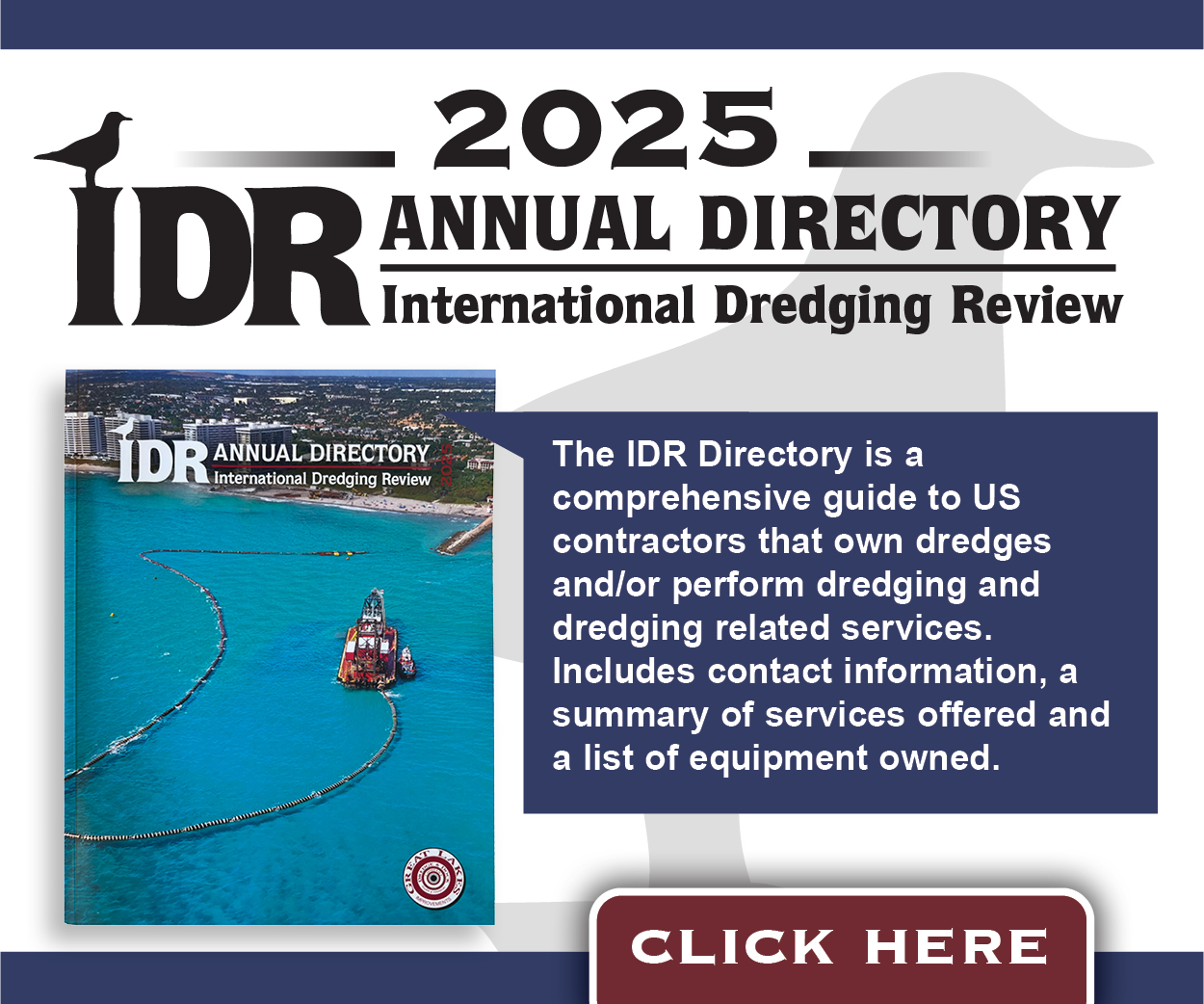Modernizing Infrastructure: It’s Time to Act While Funding Is Available for Port Renewal
Infrastructure improvement, in a broad sense, can include many project types, and the definition continues to evolve with advancements in technology. Projects involving the deployment of broadband and wireless networks, launching a network of electric vehicle charging stations and even environmental remediation to fight the impacts of climate change challenge us to think about infrastructure in new and different ways.
Here on the Great Lakes, much of our port infrastructure was constructed in the 1950s and 1960s to coincide with the opening of the St. Lawrence Seaway. And while it might be true that we no longer “build them like we used to,” for many ports, our core infrastructure has exceeded its useful life after more than five decades of continuous industrial-strength wear and tear.
It is time to modernize our port’s infrastructure on both sides of the border, rebuilding with increased efficiencies so the entire Great Lakes/St. Lawrence Seaway system can remain competitive.
Increasing Funding Options
Fortunately, there are finally some resources available to ports that can help move our infrastructure projects forward. On the federal side, ports previously had to compete against every other type of transportation project for oversubscribed and underfunded DOT grant programs, such as TIGER, BUILD, INFRA and RAISE. And while the RAISE and INFRA grants continue to be viable options, the launch of the U.S. Maritime Administration’s Port Infrastructure Development Grant (PIDG) program in 2019 provided a long-awaited, exclusive opportunity for ports.
Great Lakes ports have performed well under the PIDG program with awards funding projects in Toledo, Cleveland, Milwaukee and Duluth in the initial round. The federal awards can be matched with local funds, including funding through state programs.
In Ohio, the new Maritime Assistance Program administered by the Ohio Department of Transportation was launched in 2019 and was recently reupped and funded for the next two years in the state budget – making a total of over $40 million available since its inception for ports in Ohio.
Niche grant programs, such as the Maritime Administration’s Marine Highway Program, FEMA’s Port Security Grant Program and the EPA’s Diesel Emission Reduction Grant Program, can also help with certain port infrastructure and equipment replacement needs. There are also local opportunities to fund transportation projects through programs administered by municipal planning organizations.
With additional funding made available to the U.S. Army Corps of Engineers for dredging, breakwaters and the new Soo Lock, and the Great Lakes St. Lawrence Seaway Development Corporation for its asset renewal program, there has likely never been so many resources available to leverage. And let’s not forget about the new federal infrastructure bill which will inevitably include funding for port projects regardless of what other infrastructure projects are included.
Access to funding is critical for our seaports because infrastructure projects are capital intense and landlord ports simply cannot generate enough additional funds through rent increases, or otherwise, to cover the massive expense of financing these overhaul projects. The projects, however, provide a ROI to the port community in the form of job creation, reduced traffic congestion and a lesser impact to the environment due to the economies of scale provided by marine transportation.
Seeing Results
At the Port of Toledo, we began our port infrastructure modernization program over 10 years ago when funding was made available through the American Recovery and Reinvestment Act. The program allowed us to:
- Obtain two new mobile harbor cranes (replacing two World War II era cranes that were still in operation)
- Rebuild our on-dock rail
- Rebuild roadways throughout the general cargo facility
We then shifted our focus to constructing the new Ironville marine terminal using a combination of private investment, new market tax credits and programs administered through the State of Ohio with a focus on creating job-ready sites. That effort paid off when Cleveland Cliffs selected Ironville as the location for its hot briquetted iron production facility, a project totaling over $1 billion.
In 2019 our focus in Toledo shifted once again back to the general cargo facility as both the states Maritime Assistance Program and the Federal PIDG program were launched. The ports of Toledo and Cleveland worked together for years to make the case for a maritime focused grant program and those efforts finally paid off.
Toledo successfully married federal and state dollars to obtain over $20 million to rebuild our dock wall, construct a liquid bulk transload facility, obtain a new mobile harbor crane and heavy-duty forklift, and rebuild a retaining wall at the Toledo Shipyard. The relationships we established with the federal and state agencies, our terminal operators and our engineers and consultants enabled us to plan and navigate through the various steps necessary to implement these important infrastructure projects.
It is our hope that maritime focused grant programs continue well into the future so all Great Lakes ports can benefit. Afterall, what’s good for one port in our system is good for all the ports in the system.
We have a tremendous window of opportunity to invest in our infrastructure and breathe new life into our aging facilities. Lets go for it!
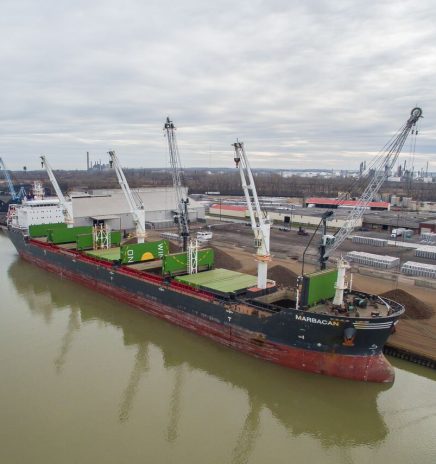
The Backbone of Economic Development
The state of Ohio builds on its maritime assets Growing up near the banks of the Ohio River on the west side of Cincinnati, as a child, it was always... Read More
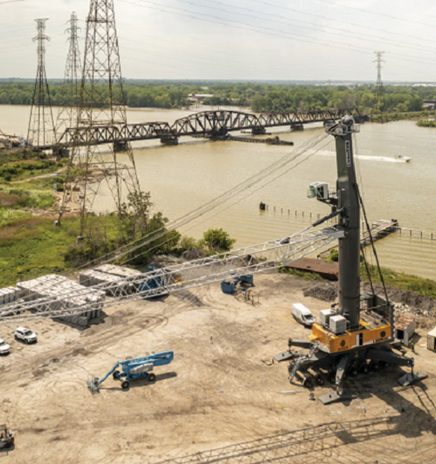
Modernizing Infrastructure: It’s Time to Act While Funding Is Available for Port Renewal
In a time where there are differing opinions on most every topic, the need to improve the nation’s infrastructure should be something we all agree upon. Unfortunately, that is not... Read More

